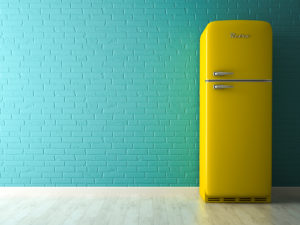Glucosamine is considered to be a “shelf stable” product and does not need to be refrigerated.
Each tub, pot, bottle or box of glucosamine should have a “best before” date clearly printed on it. So long as the product is consumed before this date then it should offer the nutrient entail promised on the packaging and should be safe to use.
How to Store Glucosamine
Glucosamine should be stored in the original packaging it was provided in, at ambient temperatures.
There is no need to chill or refrigerate glucosamine.
There are some factors that should be considered when it comes to storing glucosamine.
Firstly, try to avoid excessively high temperatures, which can result in the core ingredients becoming less effective. Keeping your glucosamine in a cupboard therefore makes sense, rather than leaving it on a windowsill in full sun.
Moisture can also damage glucosamine tablets, so ensure the container in which your glucosamine is stored does not let in water vapour. Most plastic containers are fine for this purpose. In the same way, be sure to properly close the lid after taking out your daily dose, to avoid damp air getting in.
Lastly, and most crucially, glucosamine reacts with oxygen in a process known as “oxidation”. This can result in glucosamine tablets changing colour over time. Once again this means to firmly reseal the bottle after each use.
Alternatively some suppliers offer glucosamine tablets in “blister packs” where you simply push out the tablets you need, while leaving the other encased within their packaging. This can be a good way to ensure freshness if you are remotely concerned.
Problems With Stored Glucosamine
The only common issue with glucosamine that has been stored for long periods of time is the oxidation process. This can mean that your once-white glucosamine tablets slowly turn a darker cream or grey colour.
While oxidized tablets look unappealing they are still perfectly safe to consume. Furthermore, this oxidation process in no way compromises the effectiveness of your tablets.
This issue has become worse in recent years, because this oxidation was historically masked by a colouring pigment called titanium dioxide. It was found in most white tablets you could buy, from glucosamine to ibuprofen.
Titanium dioxide is now banned in Europe. While legal within the UK at the time of writing, this means many manufacturers have now removed titanium dioxide from their glucosamine tablets so they can be sold to European customers too.
However this means the discolouration is more noticeable now than it was some years ago before the titanium dioxide ban.
So if you’ve been surprised that your glucosamine tablets are changing colour recently, when they never did in the past, this is why!
As outlined earlier, the only real solution is to try and minimise exposure of your glucosamine tablets to the air, by resealing the tub as soon as possible after opening. Alternatively, purchase smaller tub sizes, so the lid is opened less before the tub is finished.

